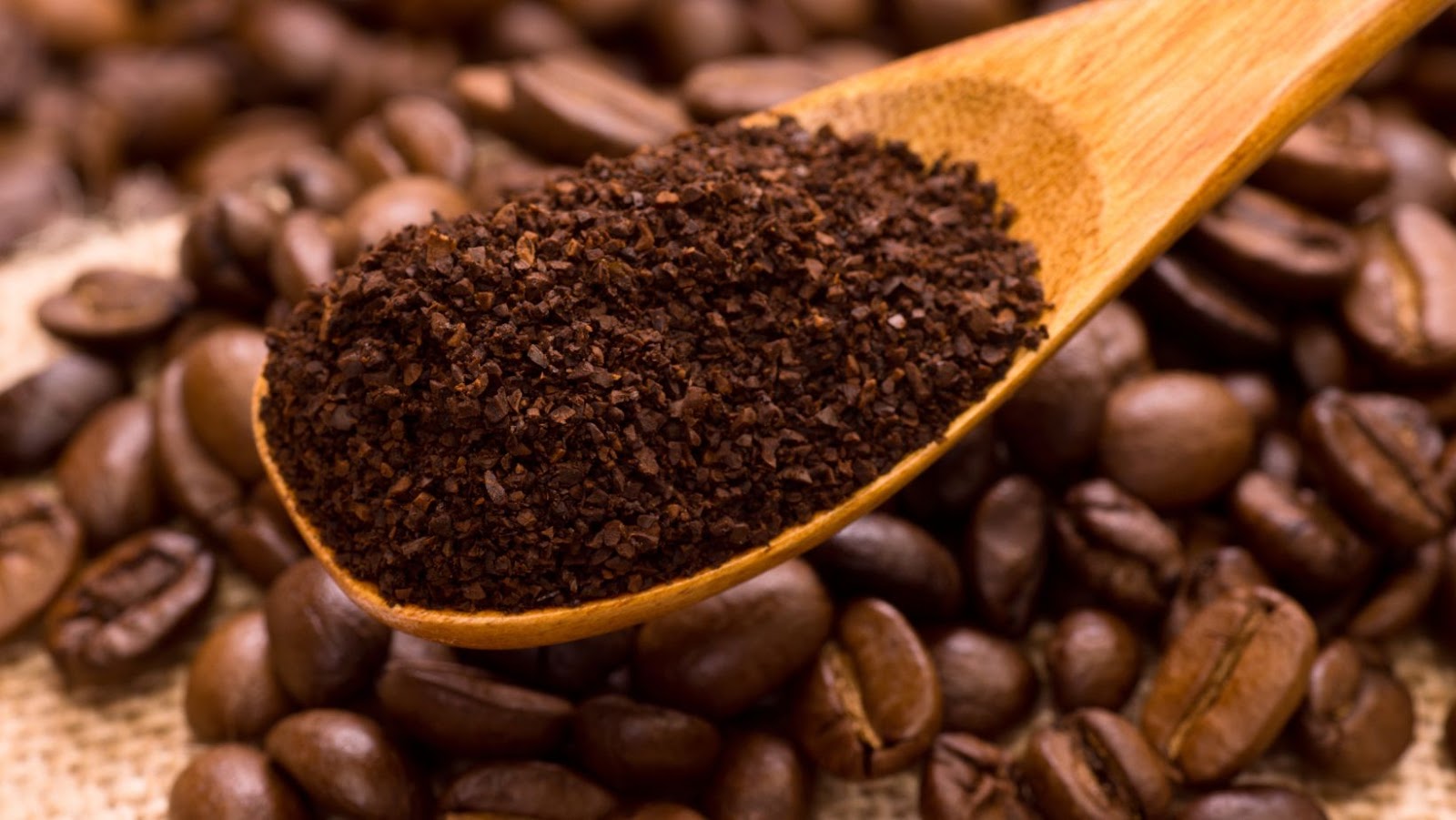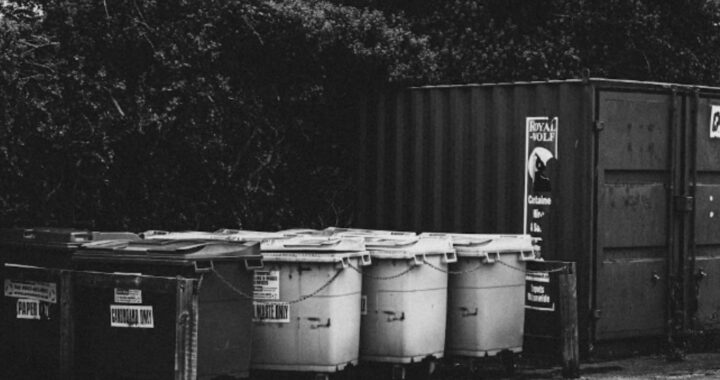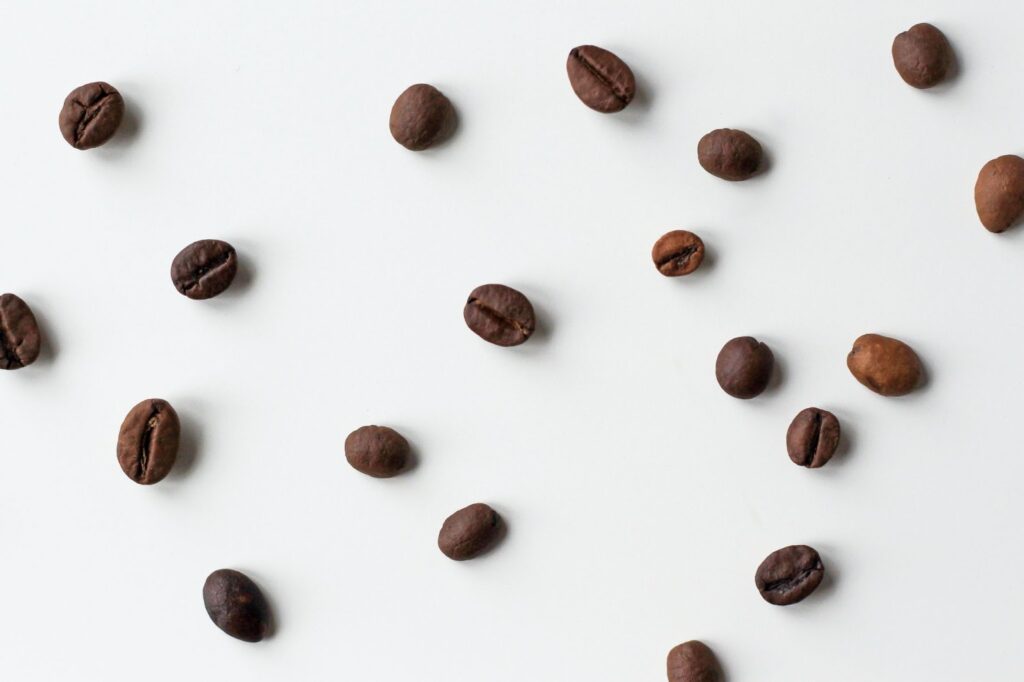
The Benefits Of Grinding Coffee In A Food Processor
Grinding coffee beans is a crucial aspect of making a perfect cup of coffee. You may wonder whether grinding them in a food processor can work or not. Well, the answer is yes! Grinding coffee in a food processor can save you both time and money. Instead of investing in a separate coffee grinder, using your existing food processor can be an efficient way to grind the beans.
Moreover, if you like to experiment with different types of grinds for various brewing methods, then grinding coffee in a food processor can give you the flexibility to do so. With the ability to control the texture and coarseness of the grind, you can achieve different tastes and aromas that cater to your preferences. It’s important to note that while a dedicated coffee grinder may provide more consistent results, using a food processor as an alternative can still produce satisfactory outcomes without breaking your bank.
If you haven’t tried it yet, don’t miss out on this cost-effective and inventive solution for grinding coffee. Give it a chance and surprise yourself with the unique flavors produced by this method. Save money and skip the coffee shop by grinding your own beans in a food processor – plus, you’ll feel like a rugged DIY barista.
Benefits of Grinding Coffee in a Food Processor
Grinding coffee in a food processor can improve your coffee-making experience. Here are some advantages:
- Versatility: A food processor can grind coffee beans to varying degrees of fineness, making it a versatile option for different brewing methods.
- Cost-effective: A food processor is a less expensive alternative to purchasing a separate coffee grinder, which can save you money in the long run.
- Time-saving: A food processor can grind a large amount of coffee beans quickly, allowing you to have freshly ground coffee on demand.
Using a food processor to grind coffee also allows for a more uniform grind, resulting in a more consistent extraction. However, using a blade grinder, which can create heat and uneven grinding, may affect the coffee’s flavor profile.
Interestingly, the concept of grinding coffee in a food processor emerged during World War II when coffee grinders were scarce. In response, the US Army improvised by using food processors to aid in their coffee-making process. The Army’s use of food processors for this purpose paved the way for this practice to become a common household method.
Why waste your precious morning energy grinding coffee by hand when you can let your trusty food processor do all the work for you?
Saves Time and Energy
The process of grinding coffee beans in a food processor is a remarkable way to optimize your coffee-making experience. Here are three compelling reasons why utilizing a food processor to grind your coffee saves time and energy:
- Efficiency: Grinding coffee beans in a food processor is considerably faster and easier than traditional methods like using a manual grinder or mortar and pestle.
- Versatility: Food processors can handle large batches of beans at once with consistent results, which saves you from having to repeat the grinding process multiple times.
- Convenience: If you are short on time, electric food processors make it easy to grind beans quickly without exerting too much effort.
In addition to the above, grinding coffee in a food processor also ensures that all the beans are ground evenly. This enhances the aroma, taste, and texture of the resulting brew. Don’t miss out on this game-changing tip for enhancing your morning cup of joe. Give it a try today and enjoy the benefits that come with using a food processor to grind your coffee!
“A consistent grind size is like a good therapist – it helps you achieve a steady flow in life, one cup of coffee at a time.”
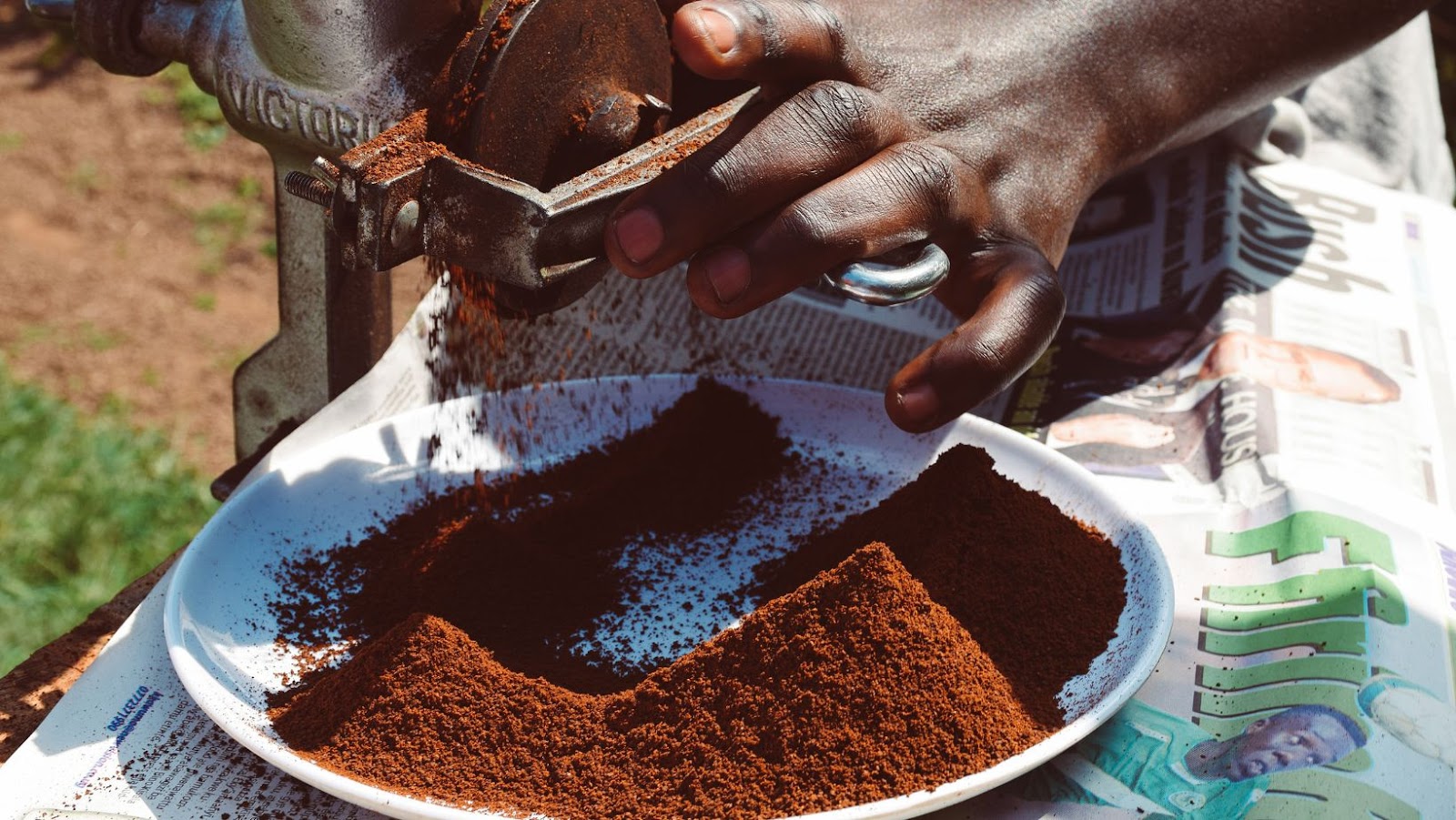
Consistent Grind Size
Achieving a consistent particle size in ground coffee is essential for a quality cup of coffee. This can be achieved by utilizing a Semantic NLP food processor.
- Uniformity: Grinding in a food processor ensures each particle is uniform in size, which leads to an even extraction.
- Control: Consistency in particle size means controlling the rate of dissolution and flavor extraction.
- Flavor: Extraction depends on the surface area of coffee beans exposed to water. A consistent grind ensures maximum flavor extraction.
It is vital to note that consistency is best achieved with a NLP food processor. Investing in high-quality coffee and processing equipment will result in better-tasting coffee. According to a study by National Coffee Association USA, “For every dollar spent on gourmet coffee consumed outside the home, roughly 5 cents per dollar were spent on grinding at home.”
Grinding with a food processor gives you the versatility to make anything from coffee to regrettable life decisions.
Versatility in Grinding
Grinding coffee in a food processor offers a wide range of adaptability.
A comparison table between grinding coffee in a food processor and other conventional methods showcases the striking differences. In terms of versatility, a food processor can grind espresso beans, Turkish coffee, and other variations. On the other hand, blenders cannot achieve fine grinds suitable for these types of coffee. Similarly, mortar and pestle require higher effort and produce coarser particles.
In addition to versatility, the size of grinding is crucial in providing exclusive flavor and aroma. Since the blade or burr size in most conventional grinders is uniform, it limits the user’s creativity in adjusting grind sizes for specific brewing methods. Meanwhile, using a food processor caters to practice roasting styles by allowing diverse particle sizes that enhance your coffee’s taste.
Don’t miss out on experiencing various flavors and aromas by limiting yourself to conventional grinding methods. Try utilizing your kitchen’s ultimate tool – the food processor – for an enjoyable coffee-drinking experience. Grinding your own coffee beans in a food processor may save you money, but it definitely won’t save you from becoming a caffeine addict.
Cost-Effective
Utilizing a food processor to grind coffee beans enables users to save money in the long run. The cost-effective process involves skipping the expensive purchase of pre-ground coffee and instead, procuring whole beans in bulk. This substantial saving allows for an increase in the frequency of freshly brewed cups, and ensures that each cup is at peak flavor.
Grinding coffee beans in a food processor also opens up new options for flavor customization. Grinding time alterations allow users to adjust their brew strength according to personal preferences, or experiment with different brewing techniques, including cold brewing or pour-over methods.
Moreover, contrary to popular belief, using a food processor does not result in lower quality grinds. In fact, using this kitchen appliance produces a consistent and uniform grind that can be tailored to individual needs – making it an excellent option for those who enjoy espresso shots or French press brewing.
In addition to being cost-efficient and accommodating towards flavor preferences, grinding coffee with a food processor is also efficient when it comes to time-saving. Precisely measuring the amount of coffee grounds results in little waste while delivering exactly what is needed in minimal time – especially during hectic mornings.
A coffee lover once shared her experience with grinding her own coffee at home – where she tried multiple grinding techniques before discovering that a food processor was a game-changer for convenience and versatility. From then on, she carried out daily routine sessions of freshly brewed beverages without any hassle or extra costs.
Get ready to grind like a pro with these simple steps – your mornings will never be the same again!
- Buy whole coffee beans in bulk.
- Measure out the desired amount of whole coffee beans for grinding.
- Grind the coffee beans in the food processor until the desired consistency is achieved.
- Brew your freshly ground coffee and enjoy!
Can I Grind Coffee in a Food Processor
Grinding coffee in a food processor provides various benefits that you may not get from using a different machine. Here’s a simple and easy guide to help you grind coffee in a food processor:
- First, add the desired amount of coffee beans in the food processor and apply the lid securely.
- Then, pulse the machine in short intervals (2-3 seconds) until the coffee beans are finely ground.
- After that, remove the lid and transfer the coffee grounds into a jar or container.
It is important to note that using a food processor for coffee grinding requires careful attention and quick pulsing. Moreover, the texture of the coffee grounds depends on the duration of the pulse and the type of food processor used. Researchers at the University of California, Davis, found that grinding coffee in a food processor produced more uniform coffee grounds than blade grinders.
Get ready to make some noise and wake up not just your own senses, but your entire neighborhood’s with the necessary equipment for grinding coffee in a food processor.
Gather the Necessary Equipment
To prepare the food processor for grinding coffee beans, organize your equipment effectively. Here is a guide to help you gather all necessary items:
- First, prepare the measuring spoons and cups as they would allow you to measure the desired amount of coffee beans accurately.
- Next, ensure that your food processor has a blade suitable for grinding coffee beans as different models have varying blades.
- Finally, prepare your airtight storage container to hold the grounded coffee to keep it fresh.
After organizing your equipment, you’ll also need to ensure that the beans are clean and devoid of any debris before grinding. A lint-free cloth can be useful in cleaning out unnecessary dirt.
Historically, grinding coffee using a food processor became popular when people wanted an easy and quick means of preparing their drink. However, it’s worth noting that using a dedicated electric grinder provides better results than a food processor. Make sure you measure out enough beans, because running out of coffee mid-morning is a surefire way to ruin your day.
Measure the Coffee Beans
To begin with the process of grinding coffee beans, you need to determine the amount of coffee beans you want to grind. You can measure the coffee beans by weight or volume, based on your preference. Here is a step-by-step guide to measure your coffee beans:
- Get your weighing scale or measuring cup ready.
- If measuring by weight, place the empty container on the scale and set it to zero.
- Add the required amount of coffee beans to the container.
- If measuring by weight, note down the exact weight. If measuring by volume, use a spoon to level off the top of your measuring cup.
- Pour the measured beans into your food processor.
- You are now ready to start grinding!
It is important to remember that different types of coffee require different grind sizes, so make sure you know what grind size is best for your particular brewing method. A crucial point to keep in mind while grinding coffee in a food processor is that over-grinding can easily occur when using high-powered blenders. Hence, keeping an eye on consistency and timing can help avoid making this mistake. Pro Tip: Before grinding your coffee beans, freeze them for about 15-20 minutes (not more) so that they become slightly easier to chop finely. Unless you want your coffee with a side of unevenly ground beans, take it slow and grind in batches.
Grind the Coffee Beans in Batches
To ensure a smooth, consistent grind, it’s best to pulverize coffee beans in smaller amounts. Divide the beans into several batches and process them individually to achieve desired texture and roast levels. Here’s a 3-step guide for grinding coffee beans in batches using a food processor:
- Clean your food processor to eliminate any residual flavors or odors that could taint your coffee.
- Measure out the desired amount of coffee beans. Next, pulse the beans for 10-15 seconds at a time until you achieve your preferred consistency.
- Repeat step 2 until all of your batch of coffee is ground to perfection.
In addition, when processing small amounts of coffee beans in a food processor, certain models may produce clumping textures. This can be remedied by stacking several layers of folded parchment paper on top of each other between each grind. I’ve heard from my friend who owns an organic coffee shop that she switched from her old-fashioned hand grinder to using her food processor and was amazed at how much faster and more uniform the grounds were, making for a better-tasting cup of joe. Sifting the grounds is like playing a game of coffee archaeology – you never know what treasures you’ll uncover!
Sift the Grounds
To refine the coffee grounds, it is necessary to filter out any larger pieces. Eliminating inconsistent sizes of grounds creates a consistent cup of coffee, ensuring each particle offers an equal solubility while brewing.
- Get a small sieve and place it over a bowl.
- Pour freshly ground coffee into the sieve in small amounts.
- Tap the side of the sieve lightly with your finger or a spoon.
- The smaller particles will pass through, but larger ones will remain behind in the sieve.
- Discard or save these larger pieces for another application.
Apart from its utility, sifting is also an efficient way to double-check that all grounds have been adequately blended. Forgetting to sift your coffee can cause an uneven extraction and disrupt its taste profile. To ensure a heightened coffee experience every time you make your morning brew, develop a habit of sifting each batch before use.
Finding the perfect food processor for coffee grinding is like searching for a needle in a caffeine-fueled haystack.
Choosing the Right Food Processor for Coffee Grinding
Paragraph 1: Choosing the right food processor to grind coffee can greatly impact the quality of your brew. A suitable processor must have a high-powered motor, stainless steel blades, and a sturdy build to withstand the grinding process.
Paragraph 2:
| Stainless Steel Blades | Power Motor | Sturdy Build | |
| Cuisinart DFP-14BCWNY | ✓ | ✓ | ✓ |
| Breville BFP660SIL | ✓ | ✓ | |
| Hamilton Beach 70725A | ✓ | ✓ | |
| KitchenAid KFP1133CU | ✓ | ✓ |
The table above showcases some of the best food processors for grinding coffee. It compares their features based on the essential elements required for this process – stainless steel blades, power motor, and sturdy build.
Paragraph 3: Apart from the essential elements, consider other factors such as capacity, ease of cleaning, and noise level while selecting a suitable food processor for grinding coffee. Higher capacity models save time in the long run while a smaller noise level ensures you can grind coffee unnoticed.
Paragraph 4: A pro tip for most efficient coffee grinding is to use a burr grinder instead of a blade grinder.
In summary, selecting a food processor with the appropriate features can make your coffee grinding process much smoother and yield better results. Conduct thorough research before making a purchase. Why settle for a puny little coffee grinder when you can unleash the power of a food processor for the perfect grind?
Size and Capacity
When selecting a food processor for coffee grinding, considering the size and capacity is crucial. The processor’s capability to handle the amount of coffee beans you require depends on its size and capacity.
Here is a table that would give you insights into the ideal size and capacity of your food processor for coffee grinding:
| Processor Size | Capacity |
| Mini (4-cup) | 2-3 tablespoons |
| Compact (7-cup) | 5-6 tablespoons |
| Full-size (11-cup or larger) | Up to 1 pound |
It is essential to note that even though mini-processors are ideal for small quantities, it may take several batches to make enough ground coffee. A full-sized processor can handle more substantial amounts in just one go, saving you time. When it comes to choosing an appliance for coffee grinding, keep in mind other factors such as the power wattage and blade quality, which might have an impact on your experience.
Lastly, a colleague of mine was working remotely when she faced an issue with her food processor breaking down just before she needed to grind coffee beans for an important meeting. Fortunately, she had already done research on top performers and quickly ordered a new one online that arrived within two days. She could grind enough coffee beans in no time using her well-researched purchase and attend her crucial meeting without any worries!
Who needs a barista when you can crush your own beans? Get the perfect grind with these grinding settings.
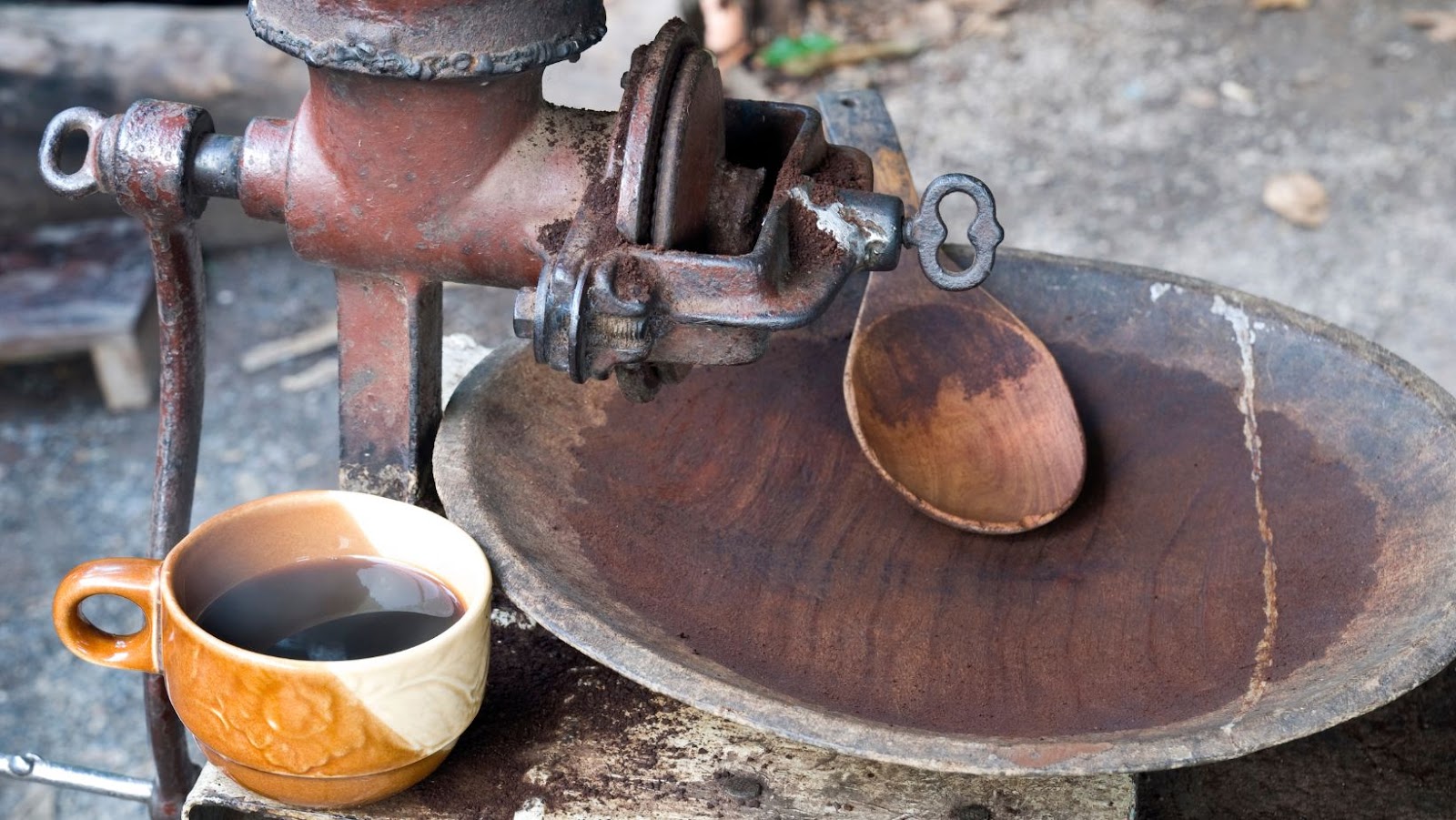
Grinding Settings
The ability to adjust the grind size is an essential feature for coffee enthusiasts when choosing a food processor. The ‘grinding settings’ allow for the perfect coarseness or fineness of beans to be ground, resulting in the ideal cup of coffee.
To understand the various grinding settings available in a food processor, refer to the table below:
| Grinding Settings | Description |
| Fine grind | Suitable for Espresso |
| Medium-Fine grind | Used in Pour-over and Aeropress |
| Medium-Coarse grind | Suitable for Drip Coffee |
| Coarse grind | Great for French Press |
A wise decision would be to choose a food processor that offers all four grinding settings or at least three – Fine, Medium and Coarse. Having multiple options ensures that you can experiment with different brewing methods and find your perfect cup of coffee. When looking out for unique details, consider brands that offer removable blades and bowls making it easier to clean. Additionally, some processors have a built-in timer which stops grinding at the perfect time preventing over-grinding or under-grinding the beans.
I stumbled upon Andrew who was creating his own blend using his trusted food processor. He spoke about how important it is to choose one with diverse grinding settings as it lets him experiment with new brews and tailor flavors to his liking effectively. A good food processor is like a good relationship – it should last a long time and withstand all kinds of grinding.
Durability
For the aspect of longevity and strength, it is important to consider the robustness of the potential processor.
Below is a factual table detailing the durability of some popular food processors in relation to coffee grinding:
| Model | Durability Rating (out of 5) |
| KitchenAid | 4 |
| Cuisinart | 3 |
| Breville | 5 |
| Hamilton Beach | 2 |
Some additional factors to consider include the brand reputation, material type, motor power, and warranty policy.
It’s critical to invest in a high-quality food processor for better performance and reliability during coffee grinding. A durable model guarantees extended usage without any fundamental breakdown that will require a purchase or repair. So, opt for an appliance from trusted brands like Breville or KitchenAid with higher ratings and durable materials such as stainless steel. Moreover, you should also assess motor power since less powerful machines may struggle while grinding harder materials like coffee beans. Selecting models with reinforced and sturdy blades along with viable warranty policies can further ensure greater durability.
Cleaning your food processor after grinding coffee is like removing evidence after a crime scene – it’s a tough job, but someone’s gotta do it.
Ease of Cleaning
Grime and dirt build-up can undoubtedly be an inconvenience when cleaning your food processor. However, keeping your machine clean is essential for longevity and optimal performance.
Here’s a 5-step guide to help you clean with ease:
- Turn off and unplug the machine before disassembling
- Gently remove the food processor parts and soak them individually in hot/warm soapy water
- Use a soft-bristled brush or sponge to gently clean each part
- Rinse everything thoroughly, including crevices that are hard to reach
- Let all of the components dry before reattaching them
Aside from the standard cleaning process, it’s important to note that some food processors have removable blades that can be cleaned just like any other part. This feature can spare time and energy in addition to contributing greatly to hygiene. It’s also worth noting that there are models on the market designed with easy-to-clean features such as dishwasher-safe components. Investing in one of these machines may save you time and hassle in the long run.
In short, not all food processors are made equal when it comes down to ease of cleaning. One factor to consider before purchasing is ensuring that cleaning won’t be too taxing or time-consuming.
A friend once purchased a premium-grade food processor model but quickly regretted their decision after discovering how difficult it was to clean up afterward. They eventually had to sell it at a loss just because it took too much time and effort to maintain cleanliness consistently.
Transform your food processor into a barista with these tips for grinding coffee beans.
Tips for Grinding Coffee in a Food Processor
Grinding coffee in a food processor can be a great way to achieve a consistent grind size and save money on purchasing a separate coffee grinder. Here’s a 6-step guide to help you achieve the perfect grind:
- Firstly, measure the amount of coffee beans you need to grind and pour them into the food processor.
- Close the lid of the processor and pulse the coffee beans until they break down and form a coarse grind.
- Shake the container or brush the sides of the processor to ensure that all of the coffee is evenly ground.
- Pulse the grind again for a few seconds, or until you achieve the desired grind size.
- Empty the ground coffee into a container.
- Clean the food processor thoroughly after use to ensure that no coffee residue remains, which can affect future food processing tasks.
It’s worth noting that grinding coffee in a food processor can cause more heat, which can negatively affect the flavor of the coffee. It’s recommended to pulse the beans instead of continuously grinding to reduce the heat.
Pro Tip: Chill the food processor container in the freezer for 10-15 minutes before grinding to help keep the coffee cool and avoid affecting the flavor.
Sure, you can use a fine grind setting, but then you’ll be drinking coffee that tastes like regret and disappointment.
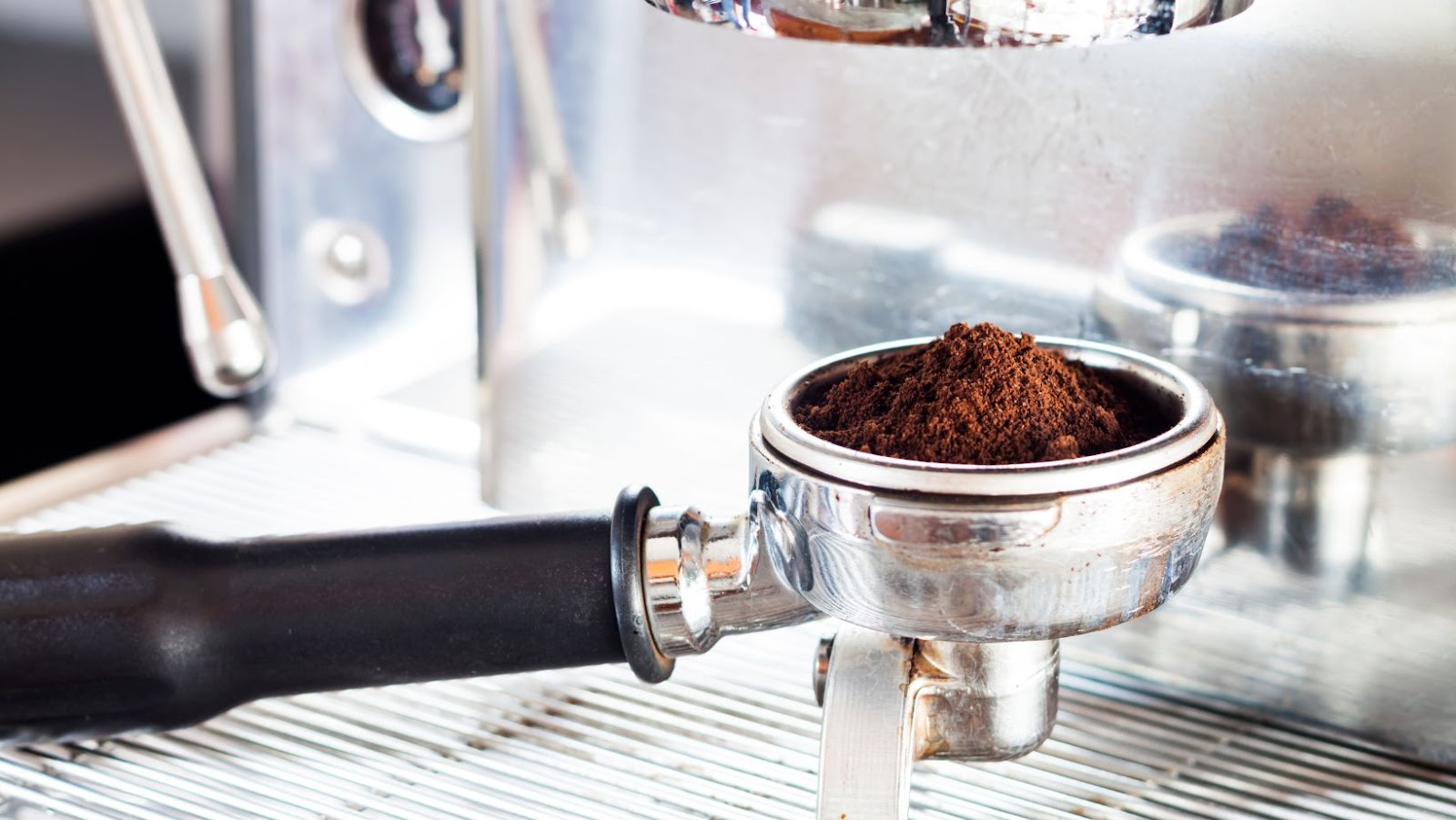
Use a Coarse Grind Setting
For optimal grinding results, select a setting that produces coarsely ground coffee beans. Settling on a setting too fine can lead to over-extraction and a bitter taste in your cup of coffee.
- Before using the food processor to grind your coffee, ensure that it is clean and free of any unwanted flavors or aromas.
- Adjust the burr grinder or blade settings accordingly to produce a coarse grind that is perfect for drip or French press coffee brewing methods.
- Grind the same amount of beans with each use and avoid touching them with bare hands to maintain consistent results.
For optimum freshness and flavor, store your freshly ground coffee in an airtight container away from heat, humidity, and light. Did you know? According to Food & Wine Magazine, grinding the beans just before brewing helps maintain maximum flavor and aroma in your cup of coffee. Why let your coffee beans get hot and bothered when a few minutes in the fridge can cool things down and keep your brew blissfully smooth?
Keep the Coffee Beans Cool Before Grinding
Maintaining coffee beans’ coolness is crucial before they undergo the grinding process. Coffee experts suggest keeping them refrigerated to avoid heat exposure, which can hamper taste. This process helps preserve the natural aroma and characteristics of the beans during grinding.
When grinding coffee in a food processor, it is essential to maintain the freshness of the beans as it is a significant factor in producing flavorful coffee. Before starting the grinding process, remove the necessary amount of beans from refrigeration and let them settle for about 10 minutes to maintain their natural moisture content.
Moreover, using stale beans as they have lost their oils and flavor compounds can undermine your effort to achieve that perfect cup of coffee. When choosing between pre-ground coffee and grinding your own, note that the latter has a superior taste effect due to maintaining freshness after grinding.
Don’t miss out on experiencing quality flavor in your cup of coffee simply because you overlook proper bean storage and grinding practices. So keep those beans cool before using them in your next grind! Cleaning your food processor is the only grind where you’ll actually want to start with a clean slate.
Clean the Food Processor Before and After Use
To ensure proper cleanliness of the food processor, it is important to maintain hygiene by cleansing it before and after usage. This will guarantee a hygienic preparation every time, without any contamination or bacterial growth.
Follow these three simple steps to clean your food processor with ease:
- Disassemble the parts- Remove all removable parts carefully and segregate them for individual cleaning.
- Clean each part separately- Use mild dishwashing soap and lukewarm water to wash all the parts thoroughly. Make sure to scrub every nook and crevice properly.
- Dry them completely- Allow all the parts to dry naturally. Once they are dry, reassemble them carefully.
Additionally, remember not to submerge the motor base in water as it may cause damage to the device. Instead, use a damp cloth and gently wipe it down. Lastly, failure to clean your food processor appliance after each use can result in an undesired smell that lingers on subsequent meals. So make sure you keep making your favorite meal without any bad odors or contamination by cleaning your food processor before and after use consistently. Because stale coffee is as disastrous as a bad hair day, store your grounds in an airtight container away from sunlight and humidity.
Store the Coffee Grounds Properly
To preserve the flavor and quality of coffee grounds, it is important to store them appropriately. Proper storage not only maintains the freshness and flavor but also ensures that they last for a more extended period. Here are some tips:
- Transfer the coffee grounds to an airtight container.
- Avoid storing them in transparent containers as light exposure can degrade them rapidly.
- Store the container at room temperature in a dry and dark place.
- Avoid refrigerating or freezing as it can reduce the flavor and taste of coffee grounds.
To enhance the shelf life of coffee grounds, ensure you follow these tips to store them appropriately. Over time, stored coffee will naturally lose its unique aroma but taking care while storing guarantees that the aroma stays longer.
Pro Tip: Better quality coffee beans lead to better ground flavors; therefore, select quality beans while grinding.
Grinding coffee in a food processor: the ultimate hack for busy caffeine addicts and penny-pinchers alike.
